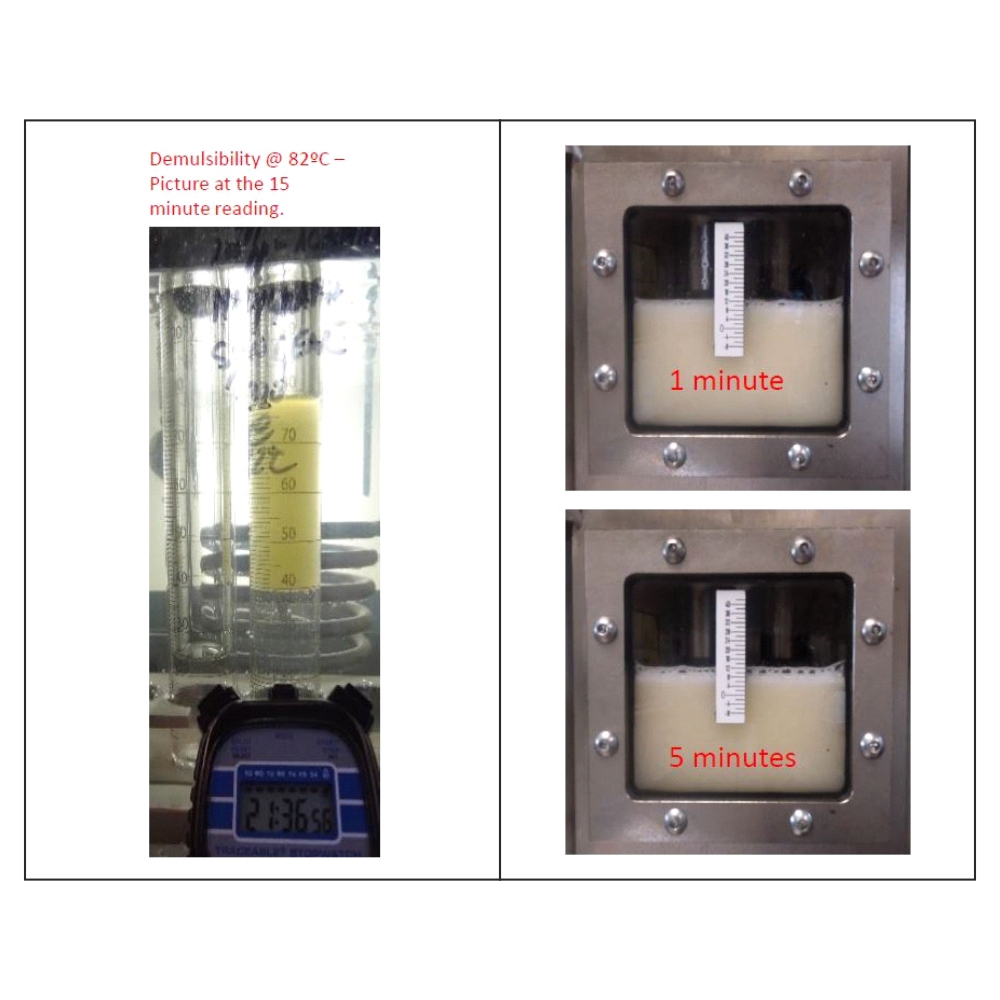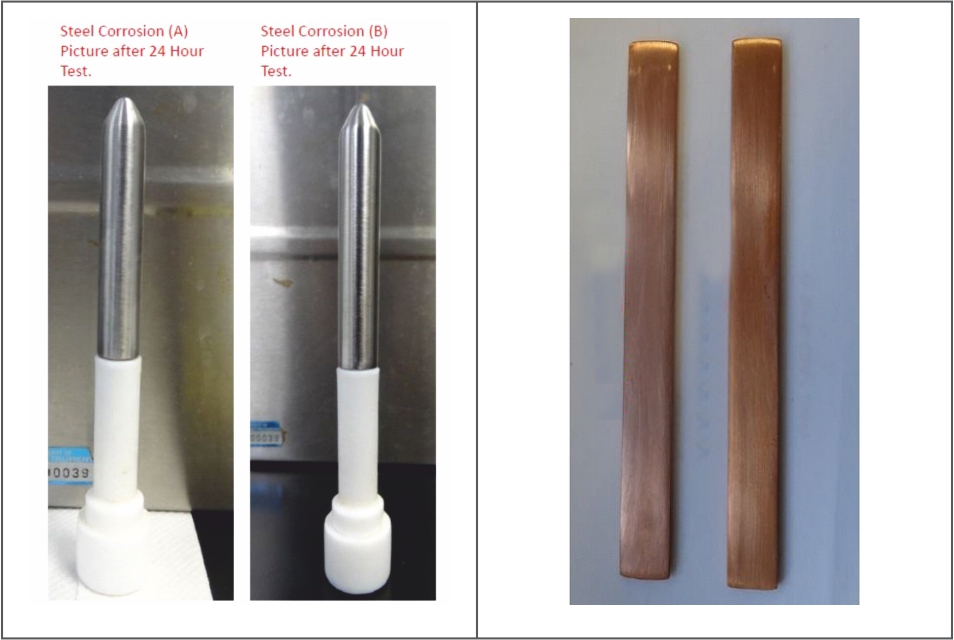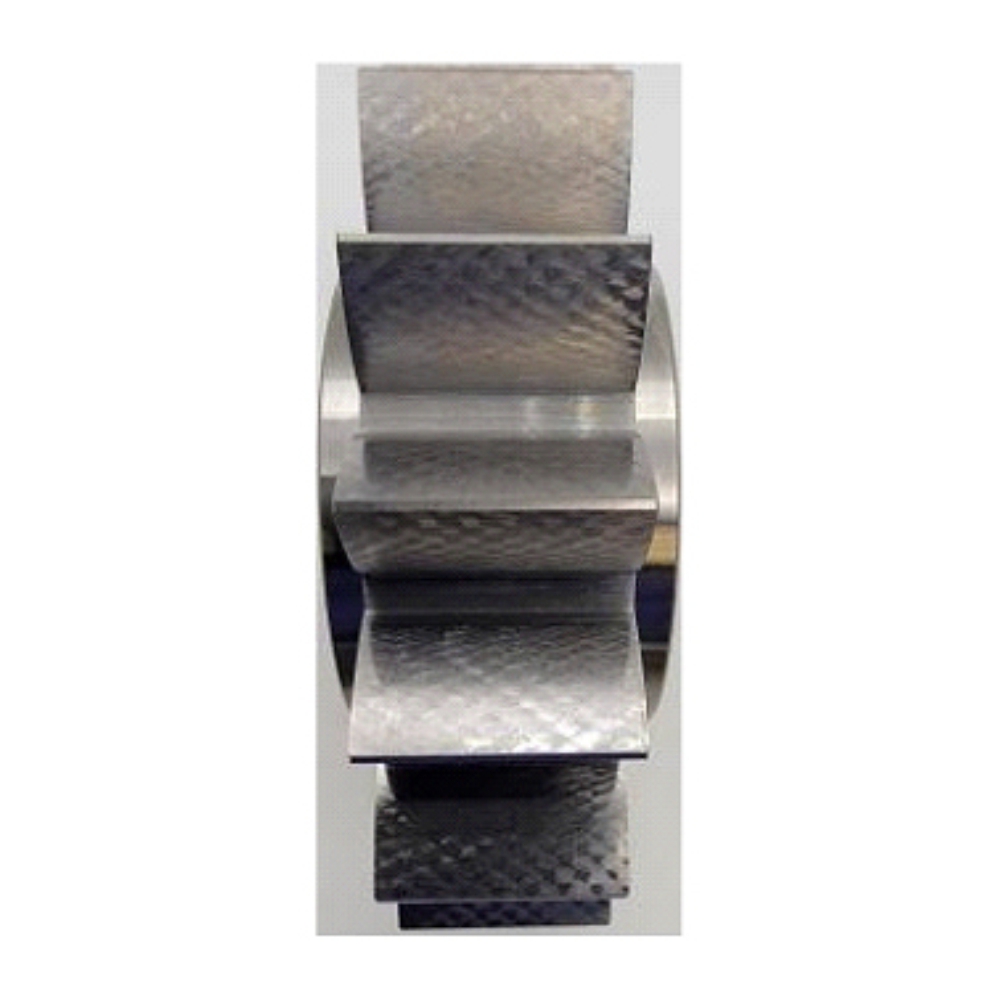Bringing Gear Oils to the Test

An exposition on the importance of gear oils to prevent damage and failure in gearboxes, the challenges encountered in their use, and the various tests they must be put through to prove their effectiveness…
Gear or gearbox is an assembly of mechanical parts like toothed wheels and shafts used for transmitting the energy of rotational motion while altering the associated parameters like speed, the direction of rotation, and torque.Gear or gearbox is an assembly of mechanical parts like toothed wheels and shafts used for transmitting the energy of rotational motion while altering the associated parameters like speed, the direction of rotation, and torque.
Gear oil is a lubricating oil used for reducing the friction and wear of the gear tooth surfaces in the gearbox. It helps in the dissipation of the heat generated by operating the gear and also in the protection of gear parts against corrosion. They form a protective layer on the surface of gears and bearings, thus preventing damage and failure.
Oil additives are beneficial in adding certain properties to the oil. But sometimes it is also harmful to the gearboxes. EP additives that contain active sulfur aggressively react with the metal, causing wear and even failure.
Challenges in gear lubrication
Typical challenges in the lubrication of gearboxes are quite different from those of other machines. While the moving surfaces in other machines are either in sliding or rolling motion, in the case of a gear assembly, both these movements are present simultaneously. Moreover, industrial gearboxes operate under harsh conditions of high temperature and heavy loads. The environment also consists of dust, humidity, and exposure to water, chemicals, steam, etc. This is more prominent for open gearbox applications in industries such as Cement, Steel, and Wind Turbine.
Lack of proper lubrication (in terms of adequate frequency, quantity, and chemical properties) can lead to excess wear and damage to the gearbox and associated components like bearings and shafts. This reduces the overall performance of the assembly and, in the worst-case scenario, can lead to the breakdown of the manufacturing process, causing heavy losses. 
Types of gear oils
Industrial gear oils are classified as per ANSI/AGMA (American National Standard Institute/American Gears Manufacturers Association) standards into four classes, as illustrated below:
R&O Gear Oil – It is prepared with rust and oxidation (R&O) inhibitors as additives and is supplied as a multi-purpose oil for various applications.
Rust-preventive gear oils are petroleum- or mineral-based compounds containing rust inhibitors. These gearbox oils are classified into monograde and multigrade gear oils. Monograde gear oil is intended to be used at specific ‘normal’ temperatures, whereas multigrade gear oil can be used at warmer or colder ‘normal’ temperatures.
These oils extend gear life while allowing the gears to operate at high temperatures. They perform best in low-load gearboxes.
EP Gear Oil – It contains extreme pressure withstanding agents such as Sulfur, Phosphorus additives and is utilized in more significant quantities than any other form of gear oil. Extreme pressure (EP) gear oils are available with synthetic or mineral bases. They are multigrade and contain rust inhibitors and anti-foaming additives to keep the oils from thickening and losing their cooling capability. Their life is limited because of the additives. They are best suited for gearboxes that operate under high pressure. The increased stress on the gears causes them to wear faster. EP gear oils extend the life of high load-bearing gearboxes.
Compound Type Gear Oil – These gear oils are most commonly used to lubricate enclosed worm gear drives, where the solid sliding action of the gear teeth necessitates the introduction of a friction-reducing compound to minimize heat and enhance efficiency. A surface-active substance, such as a fatty or synthetic fatty oil, inhibits sliding wear and provides the lubricity required to reduce sliding wear.
Synthetic Type Gear Oil – Synthetic gear oil is a chemical-based gearbox oil. It is composed of polyalphaolefins (PAOs), esters oils, and polyglycols. Synthetic gear oils are multigrade and contain all the preventive additives as part of their composition.
They can operate at very high or low temperatures and keep rust, foaming inside the gearbox, and gear wear at bay. They are used in gearboxes that operate in extreme sub-zero temperatures, wet climates, and dusty or muddy weather.
Gear oils have to withstand harsh environments such as rust, water, and debris to hinder emulsification, foaming, and wear characteristics effect on gears. Of the four broad categories of gear oils, synthetic gear oils are best suited, especially for the demanding applications of open gears.
Performance characteristics of gear oils and their testing methods
Surface characteristics
Sometimes, gearboxes may come into contact with water. They then form an emulsion with water, leading to the formation of scuffs in between the teeth of the gears, thereby damaging them. The ability of gear oils to separate water and resist emulsion is an important characteristic for applications involving water contamination.
The demulsibility test (ASTM D 1401) was conducted on Molygraph’s Ultra Gear Syn 320 synthetic gear oil at 82°C. This oil passes the demulsibility test within 15 minutes. It indicates the extent of the hydrophobicity of the formulated gear oil.
Foaming in the gearboxes is the most frequent complaint that manufacturers come across. Foam does not circulate and reduces the lubricant's effectiveness by accelerating gear wear and overheating.
When tested, Molygraph Ultra Gear Syn 320 shows 0ml foam height in sequence I at 25ºC, Sequence II at 93ºC and Sequence III at 25ºC as per ASTM D 892 test.

Corrosion characteristics
Oil additives are beneficial in adding certain properties to the oil. But sometimes it is also harmful to the gearboxes. EP additives that contain active sulfur aggressively react with the metal, causing wear and even failure.
Some gearboxes have components made up of steel, bronze, and copper. Steel Corrosion Test (ASTM D 665) and Copper Corrosion Test (ASTM D 130) are used to determine the corrosion property of the gear oil before conducting trials.
Molygraph’s Ultra Gear Syn 320 passes:
• Steel corrosion test (ASTM D 665 A and B) for 24 hours
• Copper corrosion test (ASTM D 130) with 1a rating for 3 hours at 100°C and 1b rating for 24 hours at 100°C.
Typical challenges in the lubrication of gearboxes are quite different from those of other machines. While the moving surfaces in other machines are either in sliding or rolling motion, in the case of a gear assembly, both these movements are present simultaneously.
Wear characteristics
Anti-wear and load-carrying properties of gear oils are quite important. However, determining it only through a four-ball machine test is not the right approach as extreme pressure additives, which give an 800kg weld load in a four-ball test (i.e., ASTM D 2783), can fail in FZG and FE-8 tests, while extreme pressure additives, providing a 250kg weld load in four-ball testers, can pass FZG and FE-8 tests. This is because sulfur, used as an additive, gives higher weld load points on four ball machines but causes scuffing and pitting in FZG and FE-8 tests.
Moreover, the four-ball wear test (ASTM D-4172) is conducted for 1 hour while FZG is run for 15 min for a minimum of 12 load stages, and the FE-8 test is run for 80 hours, so additives may pass the four-ball wear test but may fail in the FE-8 and FZG tests. Why FZG and FE-8 test methods better than the four-ball wear test
Why FZG and FE-8 test methods better than the four-ball wear test
FZG Test (ASTM D 5182):
ASTM D 5182, A/8.3/90 method is widely used to evaluate the scuffing properties of industrial gear oils.
A-type gears are loaded stepwise in 12 load stages between Hertzian stress of Pc = 150 to 1800 N/mm². They are operated for 15 min at a pitch line velocity of 8.3 m/s and a starting oil temperature of 90°C in each load stage, under conditions of dip lubrication without cooling. After each load test, scuffing marks are evaluated on the gear flanks. Gear oil must pass load stage 12 (i.e., damage load stage must be more than 12 stages).
In FZG, Molygraph Ultra Gear Syn 320 passes 12 load stages.
FE-8 Test (DIN 51819-3):
The wear behavior of rolling bearings is examined in the FE-8 wear test according to DIN 51819-3 at an oil temperature of 80°C. In this test, axial cylinder roller bearings of type D are subjected to a speed of n=7.5 min-1 with an axial force of Fa=80 kN at a steady-state temperature of 80°C over 80 h. With a C/P<2, a very high load is applied. Wear is then determined gravimetrically. Gear oils in the FE-8 wear test, according to DIN 51819-3, have to show roller wear of <=30mg cage wear of <=200mg. Molygraph Ultra Gear Syn 320 clears DIN 51819-3 at a temperature of 80°C.
Molygraph’s Ultra Gear Syn 320 gear oil for industrial gears
Industrial gear oils are expected to work under high temperatures and severe loads and in frequently contaminated settings with dirt, debris, and water. To address these challenging situations, Molygraph offers a variety of gear oils in various chemistries and viscosities that are specially developed for enclosed gearboxes, one of which is Ultra Gear Syn 320.
Characteristics of Molygraph Ultra Gear Syn 320:
• Excellent load-carrying capacity, anti-wear and EP properties
• Extremely low coefficient of friction• Oxidation resistance at high temperatures• Extended oil change intervals
Potential Application areas:
• A long-life lubricant for gearboxes.
• Low-temperature gearboxes where a smooth start-up is desired.
• Mixer bearings and roll neck bearings operate at high temperatures. Machines such as marine and other centrifuges and oil-flooded rotary screw compressors are used in the onshore and offshore oil and natural gas industry.
• In the textile industry, such as in Staubli’s dobby for Sulzer, Piccanol air-jet weaving looms.
• As a long-life lubricant for high ratio worm gearboxes.
Conclusion
Gear lubrication is more challenging than other machine components. Gear oils have to withstand harsh environments such as rust, water, and debris to hinder emulsification, foaming, and wear characteristics effect on gears. Of the four broad categories of gear oils, synthetic gear oils are best suited, especially for the demanding applications of open gears.
There are various test methods used to determine the key properties of gear oils. However, for the most critical wear characteristics testing, the FZG Test (ASTM D 5182) & FE-8 Test (DIN 51819-3) are considered more reliable than the four-ball machines test (ASTM D 2783).Molygraph’s Ultra Gear Syn 320 passes all the standard testing procedures as well as the critical FZG and FE-8 tests. It is a specifically designed synthetic gear oil for all types of industrial gear applications.

Sachin Kumbhar
R&D Manager
Anand Engineers Pvt Ltd
sachin.kumbhar@molygraph.com
Joel Kandathil
R&D Chemist
Anand Engineers Pvt Ltd
joel@molygraph.com
Source: Anand Engineers Pvt Ltd




 Facebook
Facebook.png) Twitter
Twitter Linkedin
Linkedin Subscribe
Subscribe